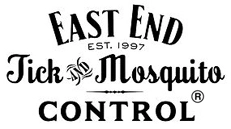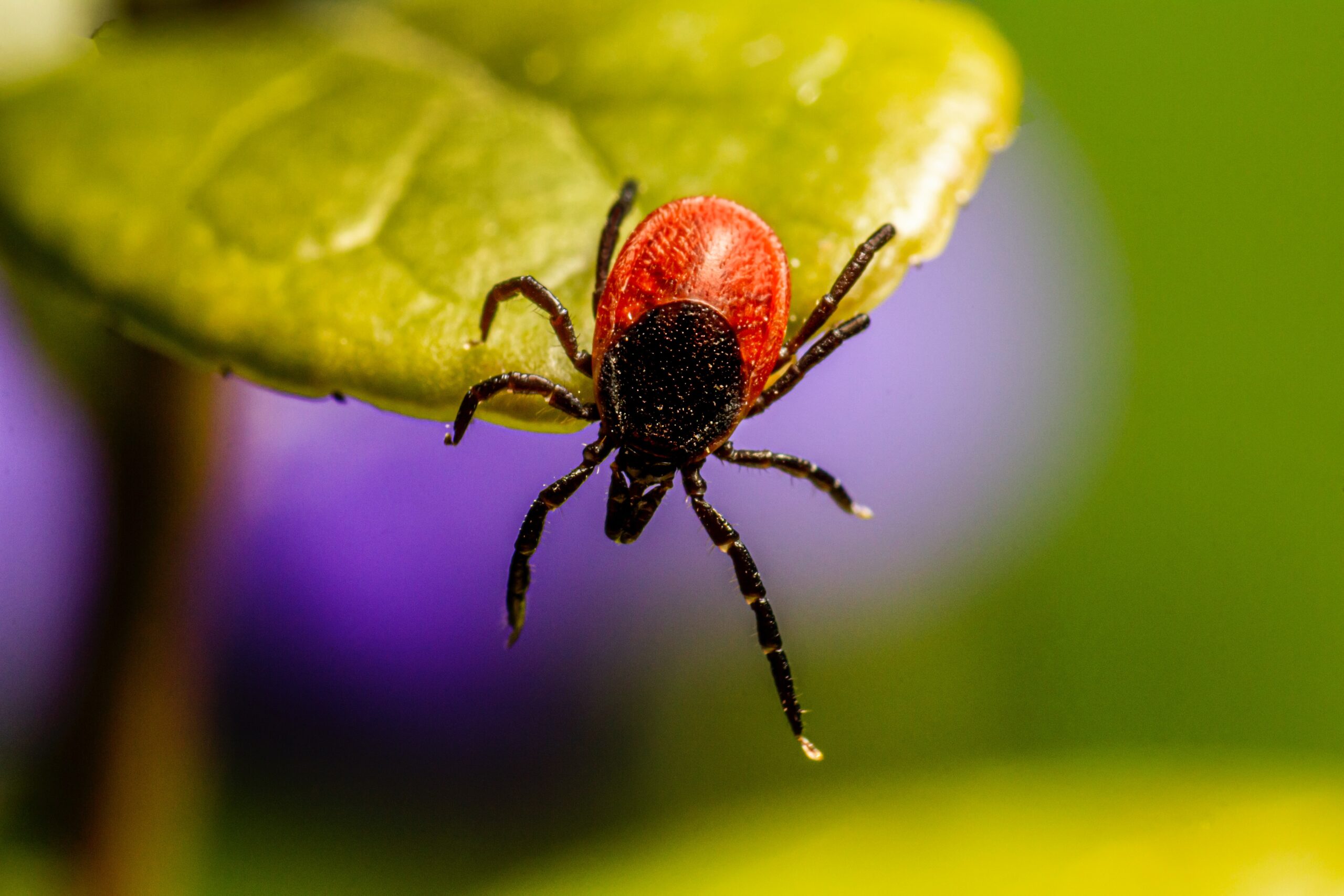Spring has arrived and after being stuck inside all winter, we cannot wait to get back outside! However, it is important to remember that ticks are active, and the time to start preparing for Lyme Awareness Month is now.
A Widespread Infection Risk
A recent scientific study collected 2,000 deer ticks and nearly half were carrying Lyme disease. The study further revealed –
- 13% of deer ticks carried the pathogen which causes life-threatening babesiosis,
- 9% carried the pathogen for Anaplasmosis,
- 2% carried the pathogen for Borrelia miyamotoi, and
- 1% carried the pathogen for Powassan encephalitis, which took the life of an upstate New York resident in 2019.
Acorn quantities are used to estimate the size of a given year’s tick population because they are one of the foods that mice eat, and ticks feed heavily on mice. Therefore, the more acorns, the more mice, and the greater the active tick population. Based on that model, the 2020 fall results were tremendous.
The Lone Star tick, Asian long-horned tick, and American dog tick are all found on Long Island. Amongst them, 20-50% of Long Island ticks carry Lyme disease and 70% of all people diagnosed with tick-related diseases were bitten in their own yards.
What Is Lyme Disease?
Lyme disease is caused by Borrelia, a spirochete that is transmitted by the bite of the black-legged tick. The dominant mammalian reservoir for tick-borne diseases is the white-footed mouse, and when ticks feed on mammals, those mammals now become infected and may transfer the disease to humans or other mammals when they feed again.
Early stages of Lyme disease can include a bull’s eye-like rash for up to 60% of cases, but the remaining cases show no rash at all. Other symptoms can include:
- chills,
- fever,
- fatigue,
- headache,
- swollen lymph nodes,
- muscle pain, and
- joint pain.
If left untreated, Lyme disease can lead to serious medical complications, such as arthritis, heart and nervous system disorders, Bell’s Palsy, miscarriages, stillborn births, meningitis, numbness, and neurological damage.
The Lone Star Tick
The Lone Star tick, which is more common in the South, is active from early spring through late fall. Lyme disease is not the only disease that these pesky bugs carry. This tick transmits various pathogens such as Ehrlichia chaffeensis, E. ewingii, Francisella tularnesis, and the Southern tick-associated rash illness (STARI). The bite and saliva of a Lone Star tick can be irritating to humans and cause redness and discomfort.
The American Dog Tick
Adult male and female American dog ticks bite humans, but the larval and nymphal American dog ticks feed primarily on rodents. They can transmit Francisella tularensis, and Rocky Mountain spotted fever. You are at the highest risk of being bitten by these pests during spring and summer.
The Asian Longhorned Tick
The most recent tick species to be found in the United States is the Asian longhorned tick, which is typically indigenous to Eastern Asia. First spotted in Suffolk County in 2018, these ticks live in a variety of habitats including meadows and grassy areas located near forests. These ticks bite humans, pets, birds, livestock, and wildlife, but they appear less attracted to humans. This tick is particularly frightening because it can reproduce without mating. This process is called parthenogenesis, where female ticks do not need male ticks to fertilize their eggs. Luckily, there have been no cases reported, though research is ongoing.
Contact East End Tick & Mosquito Control® To Keep Ticks Away
Protect yourself and your family this spring by choosing eastern Long Island’s most trusted tick experts for your first treatment of the season. This application is critical because it sets the stage for the entire season. East End Tick & Mosquito Control®proudly serves eastern Suffolk County including the Hamptons and Twin Forks so please contact us today for a free estimate or to schedule your first tick control treatment.
For residents near Southampton, please call (631) 287-9700. East Hampton area residents, please call (631) 324-9700. Residents of the Southold area, please call (631) 765-9700. You can always email us as well.


